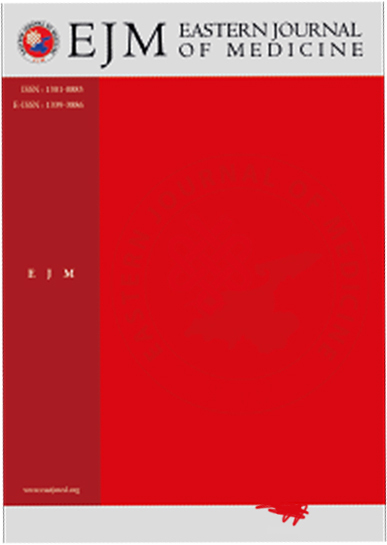Assessment of endometrial cavity of infertil patients with transvaginal sonography, hysterosalpingography, and hysterescopy
Banu Bingol1, Faruk Abike2, Herman Isci112
To compare the accuracy of transvaginal sonography (TVS), hysterosalpingography (HSG) and hysteroscopy (HS) for uterine pathologies among infertile women. 168 women with diagnosis of infertility were enrolled in this study and assessed with TVS, HSG and HS. TVS, HSG and HS were carried out in all cases, in the 5th-8th days of follicular phase of the cycle. Operative hysteroscopy with directed biopsy was considered as the gold standard. HSG, TVS, and HS were conducted by specialized gynecologists, who were blinded to the results of the other examinations. Endometrial polyp (n=66, 39%), submucous myoma (n=46, 28%), endometrial hyperplasia (n=29, 17%) and suspect of intrauterine synechia (n=27, 16%) were detected with TVS. In the evaluation with HSG results, submucous myoma or polyp (n=42, 25%), irregular uterine contour (n=29, 17%), intrauterine synechia (n=24, 15%) were detected. 73 patients (43%) had normal HSG results. HS (with or without resection) results detected endometrial polyp (n=59, 35%), submucous myoma (n=47, 28%), endometrial hyperplasia (n=35, 21%) and intrauterine synechia (n=27, 16%). Endometrial biopsy revealed no atypical hyperplasia of the endometrium. TVS is the primary investigative method for evaluating every infertile couple by means of uterine cavity and ovaries. TVS seems to be additional and superior to HSG. It is a candidate to be an easy and useful method in the detection of uterine abnormalities among infertile women including polypoid lesions, endometrial hyperplasia and submucosal myoma with respect to hysteroscopy as the gold standard. It can be suggested that HSG should be replaced by the diagnostic hysteroscopy as a first-line investigation for intrauterine pathologies in infertile patients.
Keywords: Hysterosalpingography, hysteroscopy, infertility, intrauterine abnormalities, transvaginal sonographyManuscript Language: English














